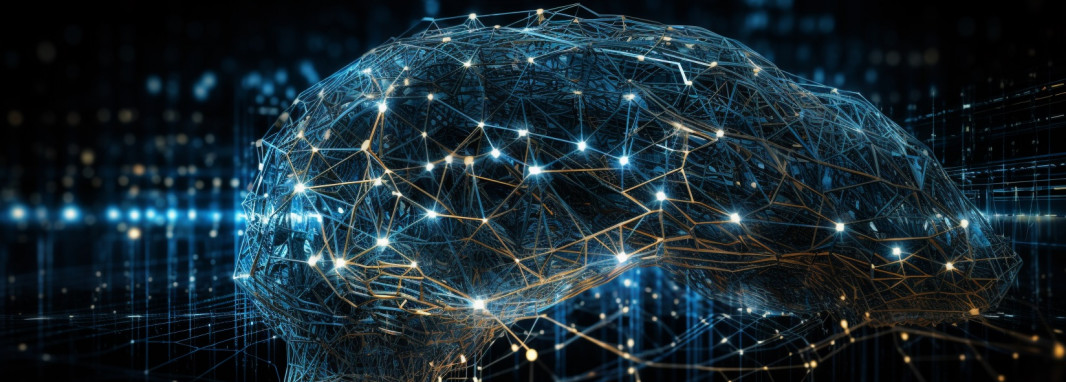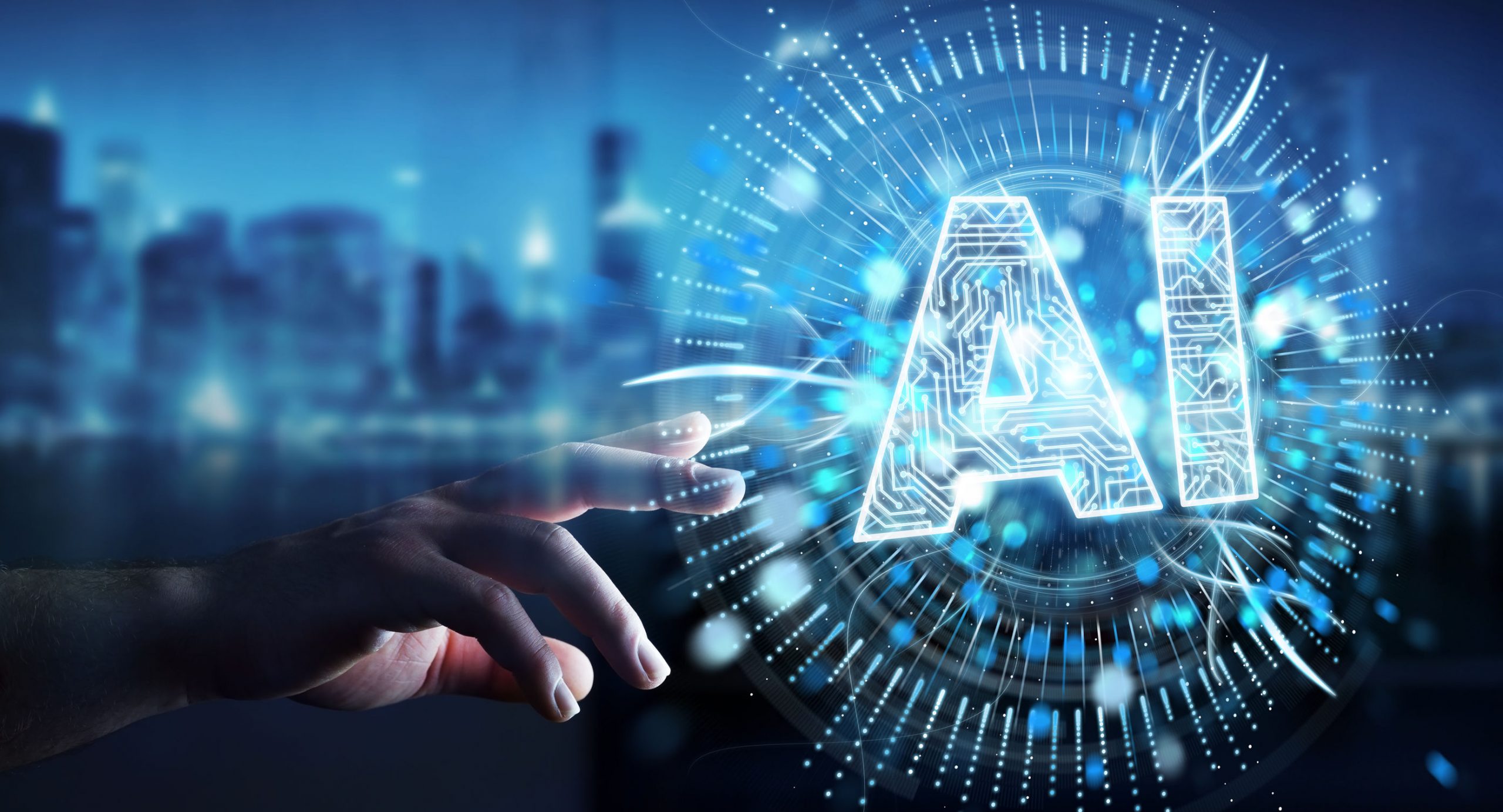Welcome to the fascinating world of artificial intelligence (AI)! In this article, we will delve into the intricacies of AI, uncovering its hidden wonders and shedding light on its diverse applications. Are you ready to decode the mysteries of AI? Let’s begin by understanding the methods used to decipher AI, gaining insights into the inner workings of this transformative technology.
One key aspect we will explore is understanding AI algorithms. These intricate computational processes form the backbone of AI systems, enabling them to make predictions, learn from data, and make autonomous decisions. By decoding AI algorithms, we can unravel the complex logic behind AI’s capabilities and gain a deeper understanding of this cutting-edge technology.
Throughout this journey, we will demystify AI concepts, making them accessible to readers of all backgrounds. By unpacking the technological nuances and breaking down the jargon, we aim to provide a clear and comprehensive understanding of AI.
Demystifying AI Concepts: Unpacking Artificial Intelligence
Artificial Intelligence (AI) is a fascinating field that has captured the imagination of researchers, developers, and the general public alike. However, the complex terminology and technical jargon associated with AI can sometimes make it seem daunting and inaccessible. In this section, we will break down the core concepts of AI, demystifying its inner workings and making it easier for everyone to grasp.
At its core, AI refers to the development of intelligent machines that can perform tasks that would typically require human intelligence. These machines are designed to analyze, interpret, and learn from vast amounts of data, enabling them to make informed decisions and predictions. But how does AI actually work? Let’s dive deeper into the fundamental principles of AI technology.
Machine Learning: The Backbone of AI
One of the key concepts behind AI is machine learning. Machine learning algorithms allow AI systems to analyze data, identify patterns, and make predictions or decisions based on that analysis. By using mathematical models and statistical techniques, these algorithms can continuously improve their performance over time, learning from both successes and failures. This process, known as training, enables AI systems to adapt and evolve their behavior without being explicitly programmed.
Deep Learning: Unleashing AI’s Neural Networks
Deep learning is a subset of machine learning that focuses on emulating the neural networks of the human brain. These neural networks, known as artificial neural networks, consist of interconnected layers of nodes called artificial neurons. Each neuron processes and transmits information, allowing the network to recognize patterns, classify data, and perform complex tasks.
One of the remarkable aspects of deep learning is its ability to learn directly from raw data, such as images, text, or sound, without the need for extensive feature engineering. This makes deep learning particularly powerful for tasks like image recognition, natural language processing, and speech synthesis.
“Deep learning is revolutionizing AI by enabling machines to learn and process data in ways that were previously unimaginable.”
Understanding AI Algorithms: Decoding AI’s Computational Processes
In order to truly comprehend the capabilities and inner workings of artificial intelligence, it is essential to gain a deeper understanding of the algorithms that power this transformative technology. AI algorithms are the computational processes that enable AI systems to analyze data, make predictions, and make decisions.
AI algorithms utilize complex mathematical models and statistical techniques to process vast amounts of information and derive meaningful insights. These algorithms can be categorized into various types, such as supervised learning, unsupervised learning, and reinforcement learning, each with its own unique approach and purpose.
NLP for AI Understanding: Leveraging Natural Language Processing
Natural Language Processing (NLP) is a crucial component in enabling artificial intelligence (AI) systems to comprehend and process human language. By leveraging NLP techniques, AI algorithms can interpret textual data, enabling the development of powerful applications such as chatbots and language translation.
NLP equips AI systems with the ability to understand context, extract meaning, and respond intelligently to user inputs. It involves a range of tasks, including sentiment analysis, entity recognition, and text classification.
One of the key challenges in NLP is the inherent ambiguity and complexity of human language. Words and phrases can have multiple meanings, and subtle nuances make understanding conversations challenging. However, through a combination of statistical models, machine learning algorithms, and linguistic rules, NLP algorithms can parse and interpret language effectively.
Advancements in NLP Technologies
Over the years, NLP has witnessed significant advancements, driven by breakthroughs in deep learning and neural networks. Transformer models, such as the widely used BERT (Bidirectional Encoder Representations from Transformers), have revolutionized language understanding by capturing contextual relationships and improving accuracy in a wide range of NLP tasks.
As NLP research continues to advance, we can expect even more sophisticated language understanding capabilities in AI systems. Improved NLP algorithms will drive the development of smarter virtual assistants, enable better information retrieval from vast amounts of textual data, and further enhance communication between humans and machines.
By harnessing the power of NLP, AI technologies are becoming more adept at understanding human language, opening up a world of possibilities for intelligent automation, personalized interactions, and transformative applications across industries.

Stay tuned for the next section, where we will delve into the ethical considerations and societal impacts associated with artificial intelligence. We’ll address the challenges and methods used to decode AI ethics, shedding light on important topics such as bias, privacy, and algorithmic accountability.
AI Ethics and Impacts: Unveiling the Challenges and Issues
While AI offers immense potential, it also raises ethical concerns and societal impacts. In this section, we will discuss the challenges associated with AI and explore the methods used to decode AI ethics. We’ll address issues such as bias, privacy, and algorithmic accountability.
Ethical Challenges in AI
As AI becomes increasingly integrated into our lives, it brings forth a range of ethical challenges. One of the key concerns is algorithmic bias, where AI systems reflect the biases present in the data they are trained on. This can lead to unfair outcomes and reinforce existing societal imbalances.
Privacy is another important ethical consideration in the age of AI. The extensive collection and analysis of personal data by AI systems raise concerns about individuals’ privacy rights and the potential for misuse of sensitive information.
Algorithmic accountability is also a significant challenge. AI systems often make decisions that impact individuals’ lives, such as loan approvals or job applications, yet the decision-making processes are often opaque. This lack of transparency makes it difficult for individuals to fully understand or challenge the decisions made by AI algorithms.
Decoding AI Ethics
To navigate the ethical challenges posed by AI, various methods and frameworks have been developed to decode AI ethics. These methods aim to enhance transparency, fairness, and accountability in AI systems.
One approach is the development of ethical guidelines and principles for AI design and deployment. Organizations and industry bodies have put forth frameworks that encourage responsible and ethical AI practices, guiding developers and policymakers in making ethical decisions.
Another method involves implementing safeguards and regulations to mitigate the risks associated with AI. This includes creating legal frameworks that ensure the protection of personal data, safeguard against algorithmic biases, and establish mechanisms for accountability and redress.
“AI ethics is an evolving field, and continuous dialogue among stakeholders, including technologists, policymakers, ethicists, and the general public, is crucial to address the challenges and shape a responsible AI future.”
AI Ethics in Practice
Many organizations are actively working to address AI ethics in their practices. For example, companies are investing in research and development to build AI systems that are fair, transparent, and accountable. They are implementing measures to mitigate bias, documenting the decision-making processes of AI algorithms, and providing explanations for the results generated by AI.
Moreover, AI ethics boards and committees have been established to provide oversight and guidance on ethical issues related to AI. These bodies comprise experts from diverse fields who work together to evaluate and ensure the ethical use of AI technologies.
By decoding AI ethics through these methods, we can strive towards creating AI systems that align with societal values, uphold fairness, and respect human autonomy.
The Future of AI: Trends and Predictions
The field of artificial intelligence is constantly evolving, shaping the way we live and work. As technology advances, it’s crucial to stay updated on the latest trends and predictions in AI. In this section, we will explore the key developments and forecast the future impact of AI on various industries and society as a whole.
Emerging Technologies
AI is an ever-expanding field, with new technologies constantly being developed. One of the emerging trends is the integration of AI with other cutting-edge technologies such as robotics, IoT, and blockchain. These advancements open up new possibilities and can revolutionize industries like healthcare, manufacturing, and transportation.
Research Directions
Researchers and scientists are continuously pushing the boundaries of AI, exploring new avenues for innovation. Some of the exciting research directions include explainable AI, quantum computing, and deep learning advancements. By decoding the intricacies of AI algorithms and strategies, breakthroughs in these areas have the potential to reshape how we understand and utilize AI.
Impact on Jobs and Society Artificial Intelligence
With the rapid advancement of AI, concerns about its impact on jobs and society have surfaced. While AI has the potential to automate certain tasks and improve productivity, it also raises questions about job displacement and the need for upskilling. Additionally, ethical considerations surrounding AI use, data privacy, and bias must be carefully addressed to ensure the responsible and inclusive deployment of AI systems.

AI and Human Collaboration: Harnessing the Power of AI-Assisted Work
In today’s rapidly evolving technological landscape, artificial intelligence (AI) is becoming increasingly integrated into various aspects of our lives. As AI continues to advance, it is crucial to understand how humans can effectively collaborate with AI systems. By decoding AI’s role in augmenting human productivity, we can unlock the true potential of AI-assisted work.
The collaboration between humans and AI offers immense possibilities for boosting productivity and efficiency. AI can automate repetitive tasks, analyze vast amounts of data at incredible speed, and provide valuable insights to inform decision-making processes. This collaboration enables humans to focus on higher-level cognitive tasks, creativity, and problem-solving, while AI handles the more mundane and data-intensive aspects of work.
Frequently Asked Questions
What are some common methods used to decode Artificial Intelligence?
Some common methods used to decode artificial intelligence include analyzing the underlying algorithms, studying the data inputs and outputs, and employing techniques such as natural language processing and machine learning.
How can I understand AI algorithms better Artificial Intelligence?
To understand AI algorithms better, it is helpful to study the computational processes behind them. By exploring the mathematical frameworks and logic used in AI algorithms, you can gain insights into how they make predictions and decisions.
What is the role of natural language processing in AI understanding Artificial Intelligence?
Natural Language Processing (NLP) plays a crucial role in AI understanding. It enables AI systems to interpret and process human language by leveraging techniques such as text analysis, sentiment analysis, and language generation.
What are some key AI applications across industries Artificial Intelligence?
AI has applications across various industries, including healthcare, finance, transportation, and more. Examples include AI-powered diagnostics in healthcare, predictive analytics in finance, and autonomous vehicles in transportation.
How are AI ethics and societal impacts addressed Artificial Intelligence?
AI ethics and societal impacts are addressed through the use of ethical frameworks, responsible AI development practices, and algorithmic transparency. Additionally, efforts are made to mitigate bias, preserve privacy, and ensure algorithmic accountability.
For more informations : https://jenni.ai/artificial-intelligence/development












